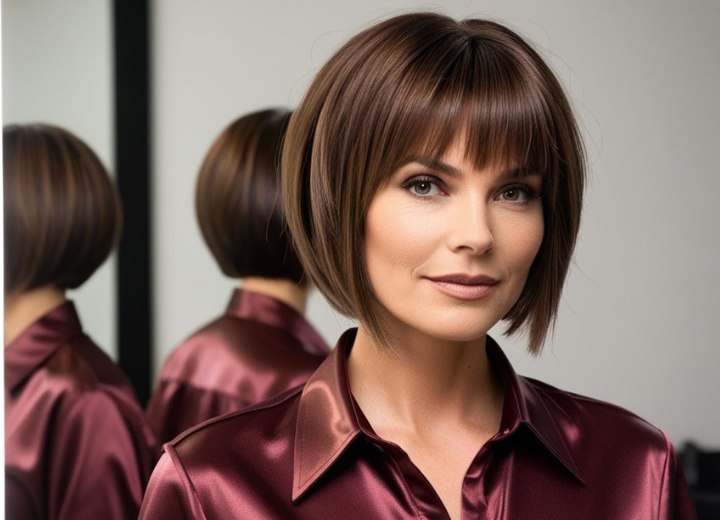On Becoming a Hairdresser

For many, the art of cosmetology is a calling, and for others, it is merely a trade that can be relied upon as a backup plan. Maybe you are the child who spent his days playing with the hair of dolls or brushing, braiding and fussing with the hair of any willing female who would let you. Or maybe you are the sensible young woman who wants a skill that she can count on to give her the ability to be flexible in her life. Anyhow, being a hairdresser is a career choice that has as many variations in practice as there are hairstyles.
But let’s start with first things first: terminology. Over the years, the people who make it a career to cut, color, and style hair (and generally perform cosmetic enhancements to the appearance) have been called many names. My mother referred to the woman whose salon she visited every other weekend as her "beautician". Years later, when chain salons popped up and both men and women could be found in salons in even numbers, the common term became "stylist". And yet, the technical term for the classification of the skill sets involved in this particular career path is "cosmetologist".
For instance, in the US, three common cosmetic/esthetic service fields that require licensing are "esthetician," "nail technician," and "master cosmetologist." The nail technician is - as it sounds - someone who is trained to give proper manicures and pedicures and to generally care for the hands and feet. They are trained to be able to safely apply and work with different types of artificial nails. However, they are not allowed to perform other cosmetic procedures with their nail technician license.
The esthetician works with skin care and facials. These services can include body hair removal in the form of waxing, sugaring, and epilating; the application of exfoliating and other skin treatments, as well as makeup application. They are not, however, allowed to make any physical or chemical alterations to the hair on the head.

What Makes A Good Hairdresser
The person for whom Cosmetology is a good fit is definitely going to be a people person. You can’t go into a service-oriented industry unless you enjoy working with people; at least, one-on-one. You need good social skills and the ability to make small talk and keep a conversation going when it's appropriate.
Someone who makes their living serving the needs of others can't afford to be cranky or have a bad mood. You may not always feel 100% or be totally happy, but you can't transfer that feeling onto your clients if you expect to stay in business.
A good cosmetologist also needs an eye for aesthetics, and be able to recognize what others might find appealing. This doesn't necessarily have to be an innate ability. You can learn the basic rules of design and follow trends in magazines to learn how to recreate popular looks.

A good cosmetologist also needs to be organized. There are countless things to keep track of when dealing with a client base. You need to keep records of the services performed for various clients and the products used – especially since some products are not compatible and could result in unfortunate reactions if used incorrectly or inappropriately. For instance, if you don't record the hair color used on a particular client and use an incompatible shade the next time, you can create some unpleasant tints in the hair.
You must also keep track of scheduling your clients, and when to send reminders for follow-up services, as well as maintaining a working inventory of products and supplies so that you can always provide the services a client may desire.
Continue reading ...